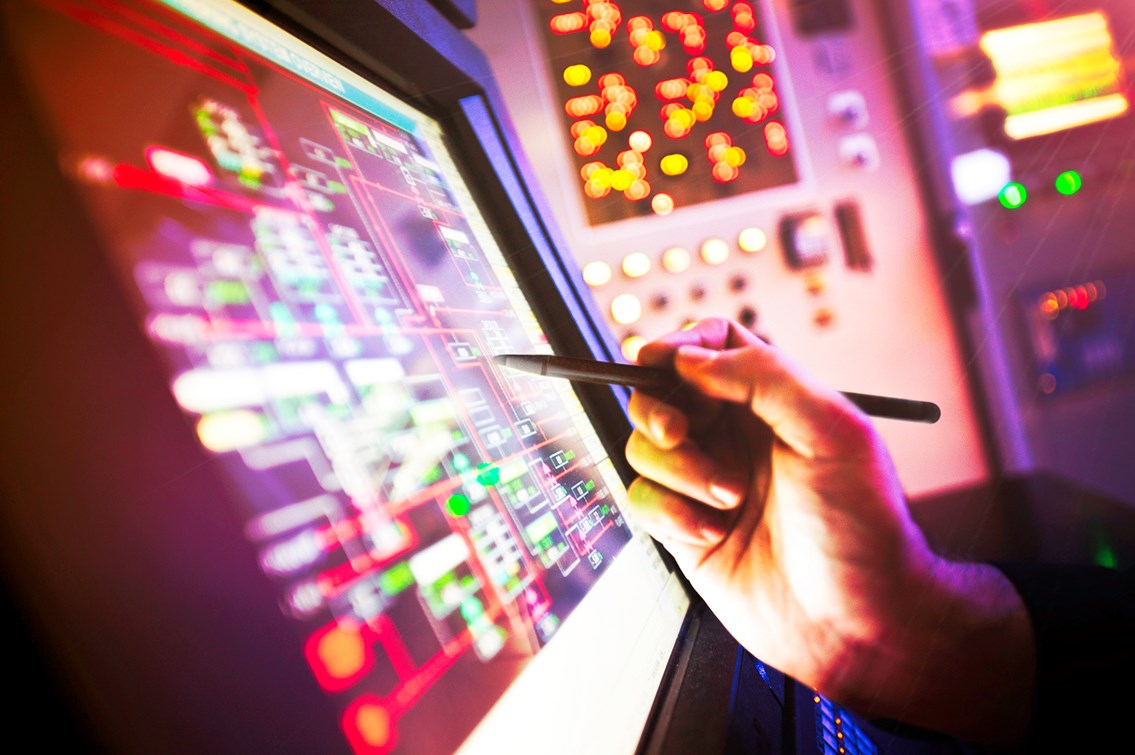Thursday 10 May 2018
Millions set to benefit as railway technology transformation takes off
- Region & Route:
- National
By the time HS2 arrives in Manchester, the majority of the UK network – covering some 70% of journeys – will have undergone a technological transformation delivering faster, more frequent safer services to millions of passengers across the country.
Mark Carne, chief executive, said: "Not since the railway transformed from steam to diesel in the 1960s has a technological breakthrough held such promise to vastly improve our railway for the benefit of the millions of people and businesses who rely on it every day.
“The age of a digital railway has today moved from the drawing board and into reality as we reveal a blueprint that will improve the lives of millions of passengers and freight users across the country. Today’s commitment is to adopt and roll-out new digital technology, for both trains and track, that will deliver faster, more frequent services for passengers and businesses alike, giving our economy a massive boost."
Services through London Bridge, into London King's Cross, Waterloo, and across the Pennines, are to be the first to reap the benefits of this technological leap as the blueprint earmarks these routes for transformation over the next five years.
Mr Carne continued: "We, Government, and the wider rail industry, have been working tirelessly behind the scenes to get the concept of a digital railway off the ground. It is now a reality.
“In a world first, digital train control with 'fly-by-wire' trains (automatic train operation) – coupled with smart infrastructure, is now a reality on Thameslink services through London Bridge. We now have a plan, impetus and the funding, to introduce these systems across large swathes of our railway network over the coming years.
"This is a turning point in the history of our railways as we move firmly into the digital age.”
Over the past two decades passenger numbers have doubled and continue to grow but our railway, laid out in Victorian times, is full to bursting, especially at peak times on our main rail arteries into urban centres. Big capacity boosting infrastructure projects, such as Thameslink and Crossrail, are expensive and cause years of disruption while digital railway offers an alternative way to deliver additional capacity, making the most of what we already have.
Over half of Britain's analogue signalling systems – some still based on Victorian technology – with lineside traffic lights controlling trains, will need to be replaced within the next 15 years. A like for like replacement would cost circa £20bn and deliver very little in terms of passenger benefits. New digital signalling offers a more cost-effective alternative that also brings significant benefits for rail users, such as more capacity, speed and reliability.
Digital train control is already a reality on the Thameslink core through London Bridge and on Crossrail.
In the five years to 2024 the industry is planning to introduce it across the Pennines, on the southern end of the East Coast main line into London King's Cross and onto some of the major commuter routes that feed London Waterloo.
Within 15 years, the aim is to see 70% of journeys benefit from digital railway technology. Launching the new 'Digital Railway' strategy at a special event in York today, alongside the Secretary of State for Transport, Chris Grayling, Mr Carne concluded: "Transforming our railway into the digital age offers the chance to deliver huge benefits for our passengers and the freight that this country depends on. It is the most cost-efficient way to deliver the future railway Britain needs."
Notes to Editors
To help take the 'Digital Railway' forward, Mr Carne also announced today the creation of a Digital Railway Academy to develop and train a new cadre of engineers. It will be a centre of learning and excellence that can offer training, and work with colleges and universities to ensure their courses are modernised and tailored to a digital future.
Contact information
Passengers / community members
Network Rail national helpline
03457 11 41 41
Latest travel advice
Please visit National Rail Enquiries
Journalists
Jack Harvey
Jack.Harvey2@networkrail.co.uk
About Network Rail
We own, operate and develop Britain's railway infrastructure; that's 20,000 miles of track, 30,000 bridges, tunnels and viaducts and the thousands of signals, level crossings and stations. We run 20 of the UK's largest stations while all the others, over 2,500, are run by the country's train operating companies.
Usually, there are almost five million journeys made in the UK and over 600 freight trains run on the network. People depend on Britain's railway for their daily commute, to visit friends and loved ones and to get them home safe every day. Our role is to deliver a safe and reliable railway, so we carefully manage and deliver thousands of projects every year that form part of the multi-billion pound Railway Upgrade Plan, to grow and expand the nation's railway network to respond to the tremendous growth and demand the railway has experienced - a doubling of passenger journeys over the past 20 years.
Follow us on Twitter: @networkrail
Visit our online newsroom: www.networkrailmediacentre.co.uk

